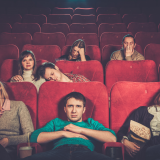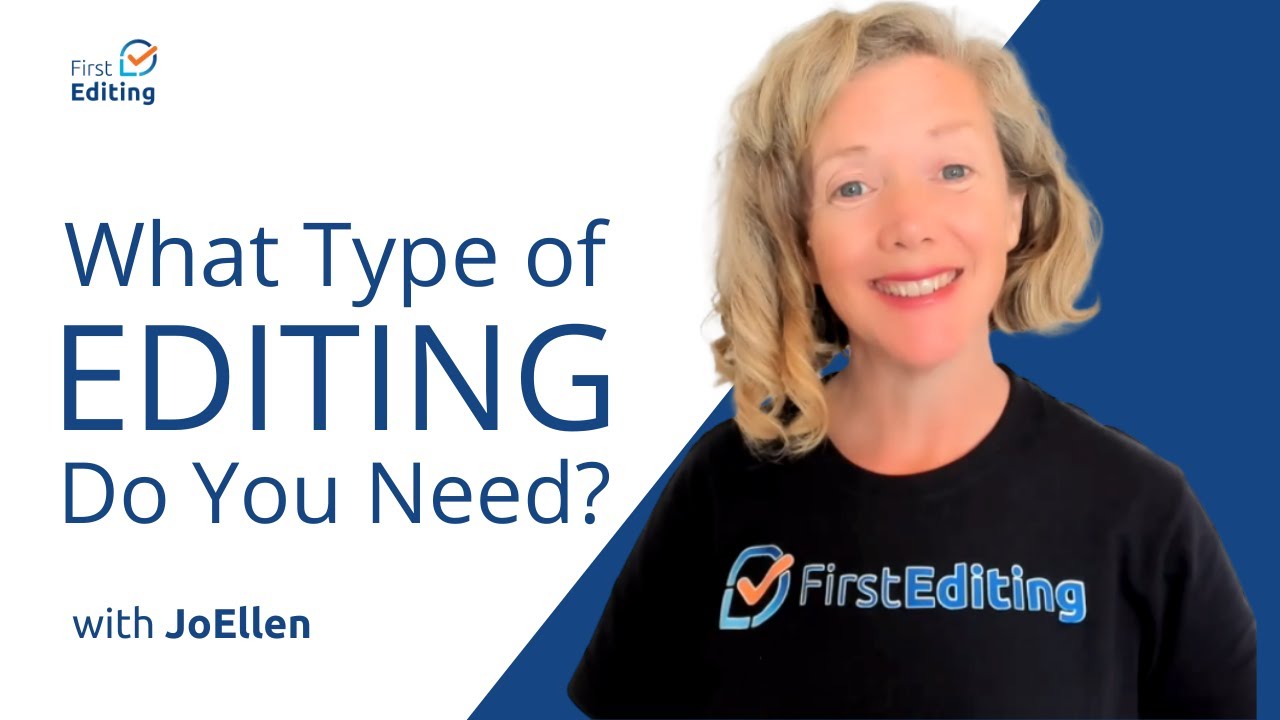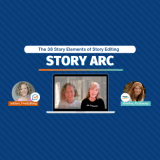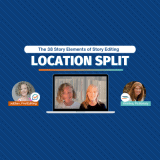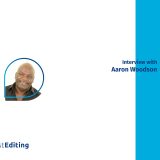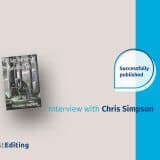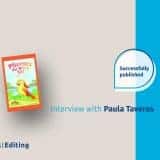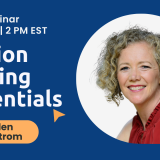
What is Location?
Location is simply where a scene takes place. And that sounds easy, but the choice of location can have a big impact on the story.
How do we choose the best location for our scene?
So it’s really worth thinking hard about whether you’re an editor who is reviewing a story and looking at “is it the best place for a scene to take place?”
Or you’re the writer, it’s really important that you spend some time on this.
You must look at it so you’ve written your draft, or you’re the editor. And what you’re doing is you’re going to list out where does every scene takes place? And once you have that list, you’re going to look at, well, who’s the point of view character? And what’s their goal for that scene? And when you know that, you want to think of all the different places that could occur that will make achieving this goal difficult if the one you’ve chosen doesn’t do that so link the goal. What makes it hard for the character to achieve that goal? And are you using the best place? Or could you choose a different location? That’s gonna make it difficult?
How do you know if you have chosen the best location?
So this comes, of course, back to the character, you want to ask if the choice of location resonates with the character’s emotional state. And when you’re looking at that, that seems like an odd question. But is it increasing or decreasing conflict in the scene? Is it increasing or decreasing tension? Is it setting the mood? Is it highlighting emotion? Is it showing characterization? Is it slowing down or speeding up the pacing? And this will help you come up with knowing whether it’s the best location, if it’s not doing one of these things, there should be a purpose to that location, then you really need to think hard about choosing another location. Or maybe the location really doesn’t matter for that particular scene. And it’s okay, that something else is going on that is taking priority over it. So when we’re going to go into describing the location, if we’re using it, how much time do we need to spend on that?
Is the location important to the plot, the characters, for the theme? And if it’s not important to any of these three, and this is the case where you don’t want to spend too much time. So if you decide it’s a good location, you want to keep the location, minimize the amount of time that is spent on describing that location, because it’s not important to either the plot the characters, or the theme of the story. If it is important to one of these three, then spend more time describing it in a way we talked about last week where it’s interactive with the characters.
How does this help with the pacing? How can we use the location to better use the pacing?
The more details you put in, the slower the pacing. So if you’re in a thriller super action scene, don’t spend time smelling the roses, as they say, you want to keep it to a bare minimum to keep that pacing going. If you’re in a sequel scene where you’re doing emotional reaction, and you can use more description, to slow the pacing down so that you know the writer is in control of what they want the pacing to be. And the editor needs to be looking at it. Is it the right pacing for that point in the story? And should it be faster or slower? And can we increase or decrease the description of the location to get the effect that we want?
So now we know all this great information. What are we going to do today to put this into actual work for our writers out there? So today, we’re going to start with location, and I’m going to have you review each scene. But as we go through the elements, you can do more than one element at a time. So it’s not quite as overwhelming as it sounds. Today, we have to be starting with the location because really, it’s the most important thing to setting is choosing where the scene is taking place. Everything else is built around that. So it’s great to make a list. And when you make a list, look at it in one place. And you can see quickly if there’s a pattern that could be improved. So are you by the ease of writing using the same location over and over again, does repetitive location increase attention, in which case you want more of those. So you want to look at your overall list before you make any decisions just to see, okay, does this make sense for my story. And then once you have that list, you want to review all of the questions that we’ve covered today, and ask them for every scene. So that you know you’ve, you’ve chosen the best possible location. And once you have that, you’re in a great position to review all of the remaining story elements around that one big decision.
So we are going to get out and use our lists again, those of you who’ve been following us, I want to thank you. And I want to mention that this is a long process with a lot of small details.
If you love this, don’t forget to share it with a friend or two!
WATCH NEXT EPISODE: Timing – EPISODE #29
WATCH PREVIOUS EPISODE: Reader Knowledge Gained – EPISODE #27
RETURN TO THE 38 STORY ELEMENTS



